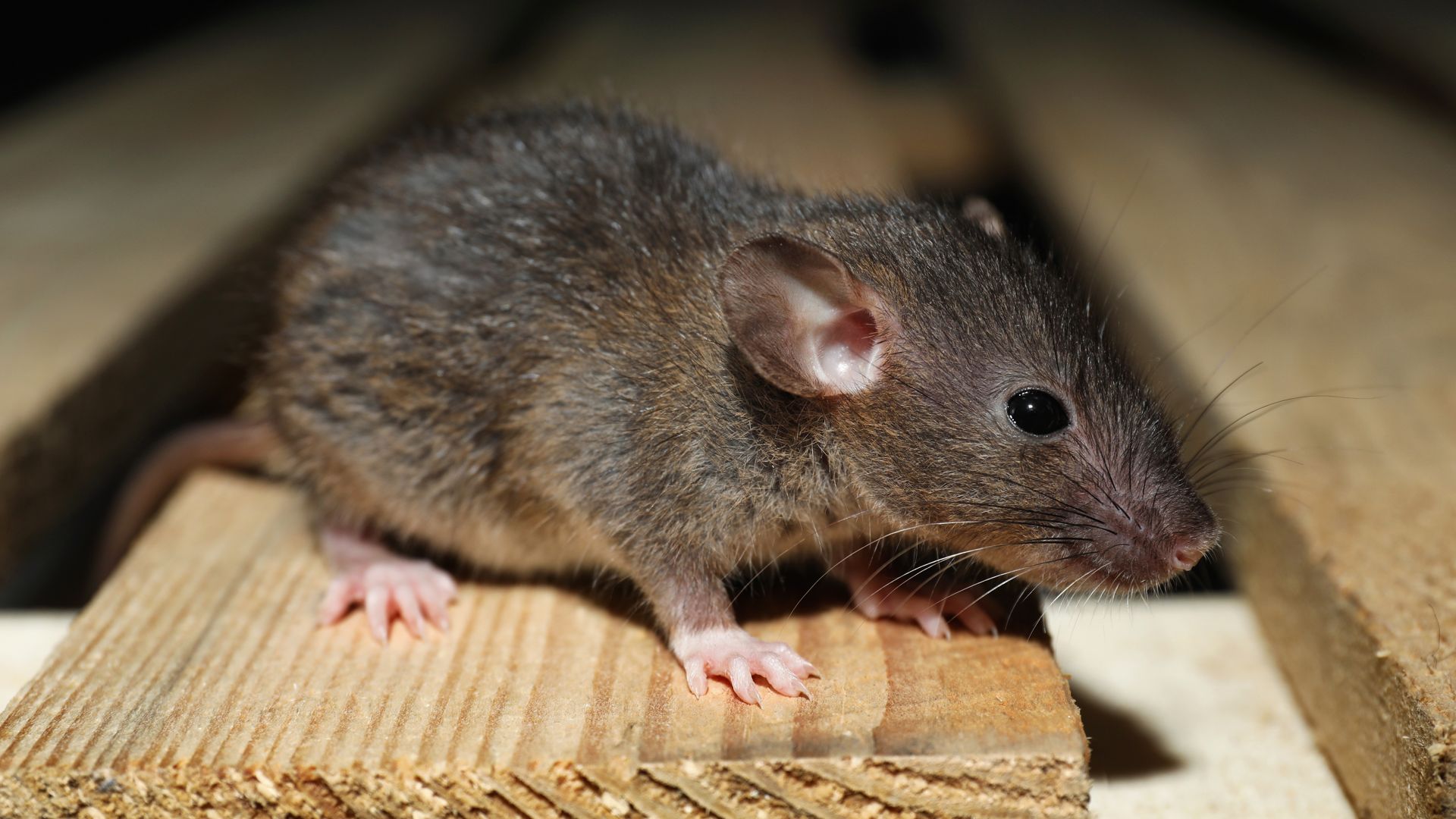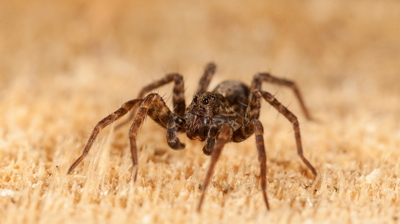
-
Ready To Get Started With Treatment? Our General Pest Control Starts at $42 a Month.
-
Protect Your Home! Our Complete Termite Protection Starts at Only $499
-
Have a Mosquito Problem? Reach Out Today to Get Your First Mosquito Service FREE!
Termite Inspection
WE’RE THE LEADING TERMITE INSPECTION COMPANY IN Midlothian, Tuckahoe, Glen Allen & Beyond
What You Need to Know
When Eco Pest Control conducts a termite inspection, we are looking for evidence of wood-destroying insects – including carpenter ants and carpenter bees – in the readily accessible areas of your home. Our termite inspection technician will not only visually inspect your home’s entire interior, but also sub-spaces such as basements and crawlspaces, your attic, and the exterior of your property. We provide termite inspections anywhere in the greater Richmond, Newport News, and Williamsburg areas.
What We Inspect
While our termite inspection focuses on your home’s interior, crawlspace, basement, and attic, it covers a lot of other areas. We’ll also inspect any outdoor wooden structures, such as decks, arbors, sheds, carports, and fences. If termite-resistant products were not used during construction, then these structures can be susceptible to termites.
Because cracks in expansion joints and brick construction are common entryways for termites, our inspection will include these areas. Fallen tree branches, stacks of firewood, and wood mulch are termite buffets, so we’ll be on the hunt for these, too.
Learn About Our Termite Control Offerings
At Eco Pest Control, every termite treatment plan begins with a thorough inspection, which is just one reason why we are a leading termite exterminator in the greater Richmond, Newport News, and Williamsburg areas. Our service technicians are trained to not only notice the subtlest signs of a termite infestation but also to observe risk factors that could lead to future problems with termites.
Termites or Carpenter Ants?
Termites and carpenter ants, which are both known for causing wood damage on homes, share some similarities. First, they are roughly the same size. Second, they both love burrowing into wood. And third, they both swarm in the spring season to mate.
However, it’s relatively easy to tell the difference between termites and carpenter ants. A termite’s body is shaped like a cigar, while a carpenter ant’s body is shaped like an hourglass – narrowing between the abdomen in the rear and the thorax in the front. What’s more, a termite’s antennae are relatively straight, while a carpenter ant’s antennae are bent or curved. Finally, termite workers, which are rarely seen, have bodies that are creamy white to transparent in color, compared to the reddish or dark-colored bodies of ant workers.
Perhaps the greatest difference between the two is that termites actually eat the wood into which they burrow, while carpenter ants do not – they merely dig into the wood to excavate their nests. So, if a termite inspection reveals small piles of wood shavings or frass (insect waste) below the holes, it’s a tell-tale sign that there is an infestation of carpenter ants. If the inspection reveals mud tubes – tubes built on the outside of walls or between the soil and wood that serve as passageways – it means you have termites.
Another way to identify which wood-eating insect is destroying your home is to inspect the tunnels. Termite tunnels will be rough, ragged, and filled with layers of mud and soil. Carpenter ant tunnels will be very smooth and finished; termite galleries, by comparison, are rough and ragged because they are filled with layers of soil and mud.
How to Prepare for Your Termite Inspection
Generally, a termite inspection in the greater Richmond, Newport News, and Williamsburg areas takes 90 minutes to two hours. You can make it go faster and easier by preparing for the inspection in advance.
- Clear Out Under-Sink Areas: Our inspector will check your water sources for termite activity, which means everything under your sinks needs to be removed.
- Clean Out the Garage: Anything stored against your garage wall – or against an exterior wall of your home – will need to be moved two feet away.
- Make the Attic Accessible: Our inspector will need to get into your attic, so make sure it is accessible and no debris will fall on him while he is working.
- Clear the Crawlspace: If your home has a crawlspace, make sure our inspector has easy access to it and that nothing stored there will get in the way of your termite inspection.
- Do Some Landscaping: If bushes or ground cover conceal your home’s foundation or exterior walls, then trim them back ahead of time.
Why Eco Pest Control?
- We offer the very best environmental pest control solutions available.
- We offer free pest inspections.
- We offer a 100% customer satisfaction guarantee.
If you have a pest problem, then rely on Eco Pest Control, the best environmental pest control company in the greater Richmond, Newport News, and Williamsburg areas.

Testimonials
ECO PEST CONTROL HAS MORE THAN 1,200 5-STAR REVIEWS
"Based on customer service alone I'd recommend to anyone."



